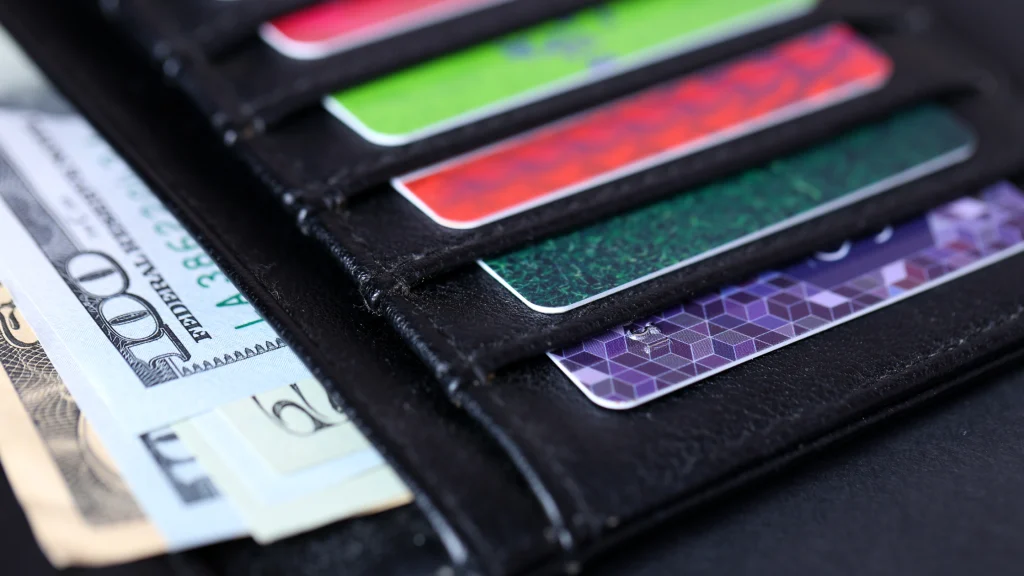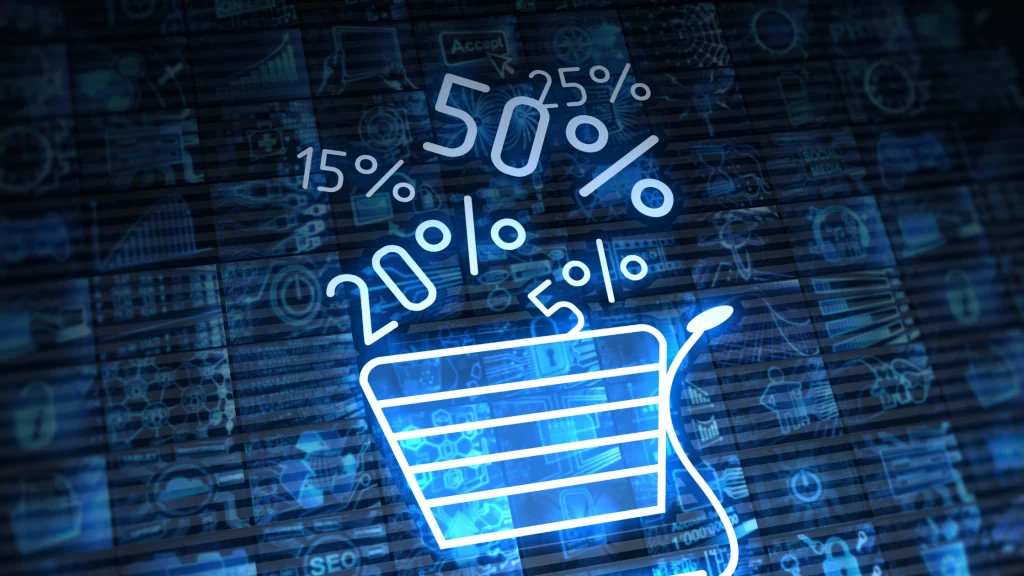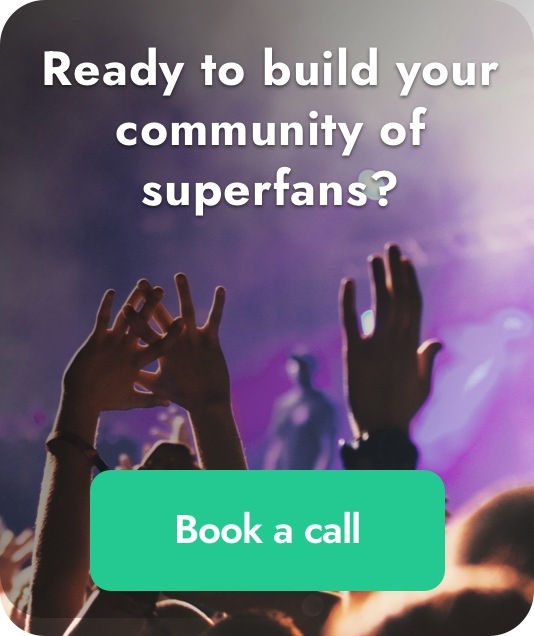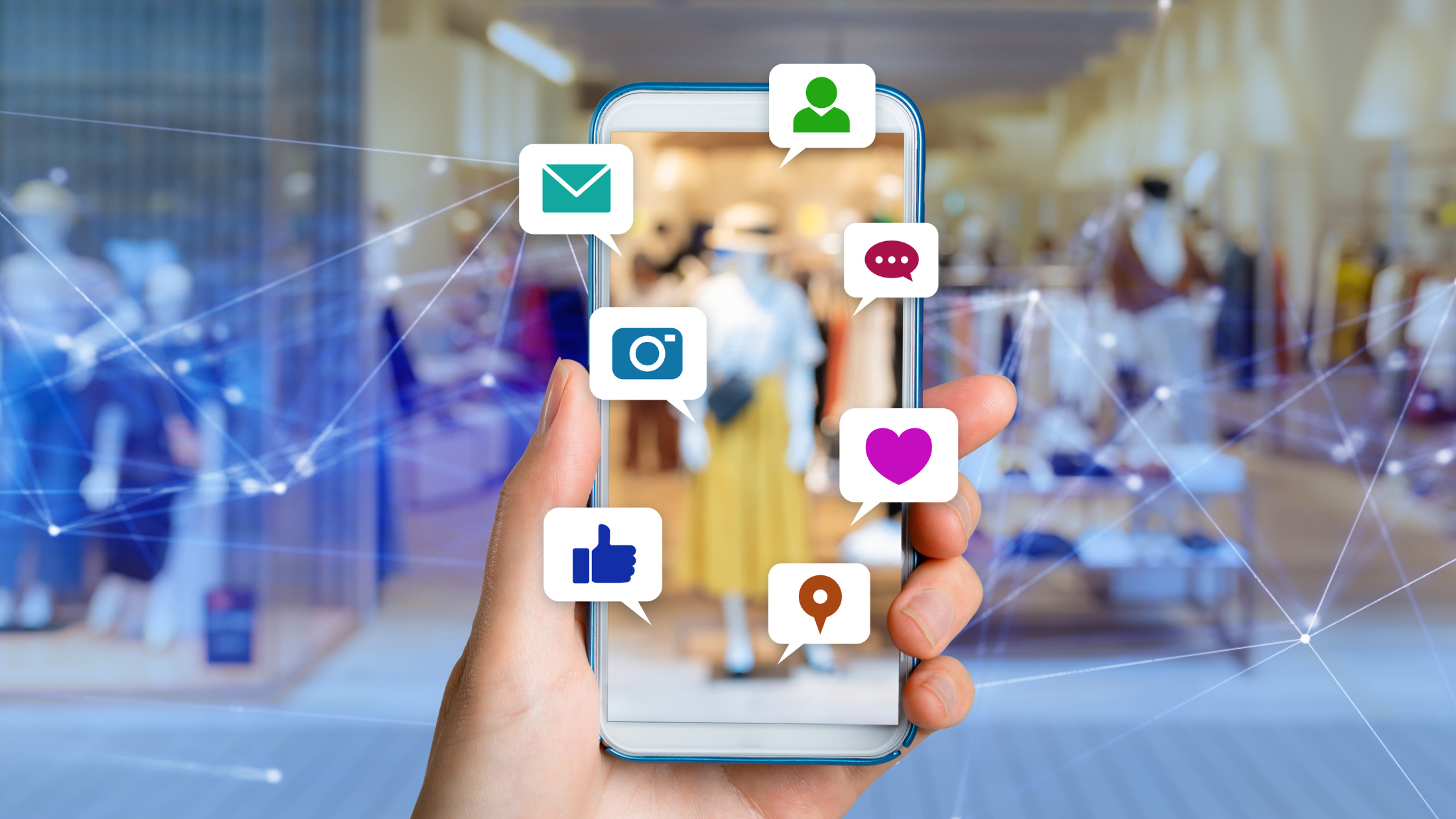A consumer is constantly bombarded with messaging throughout their day from thousands of brands. Getting their attention is hard enough, but managing to complete the classic ‘marketing funnel’ journey and turning them into final-purchase buyers? It’s a tall order. In light of this, brands are resorting to turning their audience into communities of brand-loyalists. One way of doing that is setting up a loyalty program.
“NFTs give you the ability to provide bigger rewards than minor discounts.”
However, loyalty programs bring challenges too. The good news? Using NFTs can solve quite a lot of them. Let’s take a look.
Lack of Differentiation
One of the biggest challenges that brands face when implementing a loyalty program is creating one that stands out from competitors. Since signing up for loyalty programs is typically low-investment, customers tend to be members of multiple… but not engaged on all of them. Many will even forget which programs they’re a part of.

Solution:
With The Blue Marble, use NFTs to upgrade your loyalty program idea and offer unique rewards that are by nature exclusive to only the people involved. You can stand out in the crowd by doing this as a thought-leader and innovator as compared to competitors.
For example, let’s assume you’re trying to increase customer loyalty for a hypothetical clothing brand. Loyalty programs that are typically offered are very similar to others from every big label and store. However, with NFTs, you have the ability to not just offer exclusive discount coupons, but even unlock higher ‘tiers’ that allow customers to see otherwise locked clothing designs and so much more.
Personalisation and Engagement
Customers may sign up for a loyalty program, but not actively engage with it. This lack of engagement can be due to a variety of factors, such as a lack of understanding of the program’s benefits or poor communication from the brand. But, most importantly, it’s because customers expect highly-exclusive and valuable returns from loyalty programs that make them feel special and seen. So, one-size-fits-all programs that simply offer the same levels of basic discounts are not actually effective.

Solution:
The advantage of a loyalty program is getting closer access to a customer which helps track their interests and purchasing preferences. By categorising them into cohorts, NFTs can then be customised, thereby offering rewards to people based on their behaviour. For example, it feels a lot more personal for a shopper who frequently buys from homegrown indie fashion labels to receive NFTs that give them greater access to new collections, or have a chance to help design a part of a new collection. On the flip-side, shoppers who like high-end, exclusive labels would like to see NFTs that give them bragging rights: like tickets to fashion shows.
Logistics and Management
Loyalty programs can be complex, with different tiers, points systems, and rewards. Customers may find it confusing to navigate the program, which can lead to frustration and disengagement. In addition to this, they’re also expensive to run. The connection between the customer and the brand is varied and includes many people: from those handling the customer service, to the middlemen handling the rewards platform, the brand’s employees handling communication, manufacturing, distribution… it’s a big chain that involves a lot of time and money to properly run.

Solution:
Using an NFT marketplace like The Blue Marble gives you the power of being sustainable, reducing the need for many middlemen and simplifying the process of how NFTs reach customers. All without them (or you) needing any technical skills.
Translating Engagement to Sales
While a successful loyalty program can keep customers engaged and interested, it’s important to remember that it needs to eventually translate to ROI. You may see results in terms of higher top-of-mind recall and like-ability but what about sales?
Usually, loyalty programs give customers a few points or minor discounts when they make purchases. For a customer, the reward seems little in comparison to their expenditure, which calls into question why they should spend more in future.

Solution:
NFTs give you the ability to provide bigger rewards than minor discounts, and not just the promise of them. So, taking the clothing example further: instead of waiting to accrue points in the hope of a big discount or a disappointing coupon offering ‘up to 20% off’ on a new purchase, you have the chance to give instant rewards per ‘tier’ achieved. And these rewards can be much more engaging and exclusive; from designer drops as NFTs to invites to the launch of new collections, or even secret access to big sales. When your loyalty program offers customers the chance to see real value reach them much faster, it encourages them to take the steps to earn that value.
Loyalty programs can be a powerful tool for brands looking to retain customers, but they can also present significant challenges. Brands must differentiate their program, measure its ROI, balance costs, engage customers, and personalise the experience. But, when you adopt NFTs, it gives you a chance to upgrade your brand’s connection with its customers immediately.



